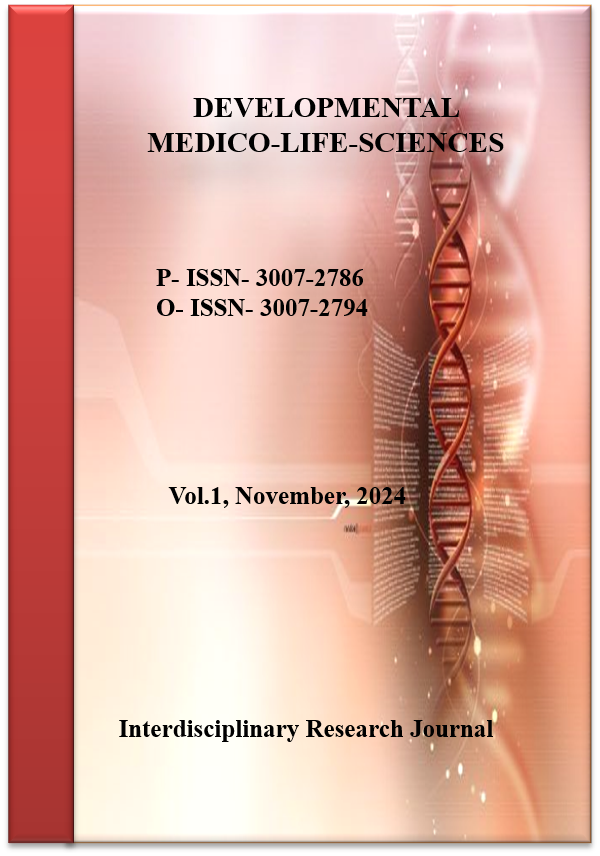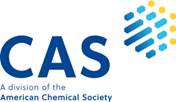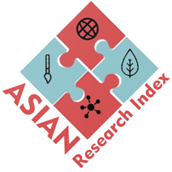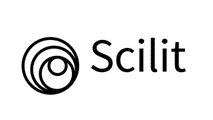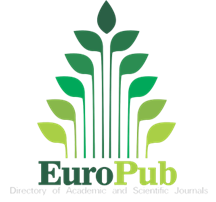Impact of Intraoperative Imaging Techniques on Surgical Margins and Recurrence Rates in Breast-Conserving Surgery
Intraoperative Imaging: Transforming Breast Surgery Outcomes
DOI:
https://doi.org/10.69750/dmls.01.09.072Keywords:
Breast-conserving surgery, Intraoperative Imaging, Surgical Margins, Breast Cancer, Biomarkers, Recurrence, Ki67, HER2Abstract
Background: Achieving clear surgical margins is critical in breast-conserving surgery (BCS) to minimize recurrence risk and reduce reoperation rates. Intraoperative imaging techniques provide real-time margin assessment, allowing surgeons to improve surgical precision and outcomes.
Objectives: The aim and objectives of this study were to determine the effect of intraoperative imaging on margin clearance, reoperation rates, recurrence as well as the effect of key biomarkers influencing breast cancer including estrogen receptor (ER), progesterone receptor (PR), HER2, Ki67.
Methods: 300 patients were divided into two groups, Group-A intraoperative imaging was done in 150 subjects while in Group-B was not done for 150 subjects. The correlation with surgical outcomes (margin status, reoperation rate, and recurrence rate), the biomarker analyzed were expression (ER, PR, HER2, Ki67). Logistic regression, Kaplan-Meier survival analysis whereas p values was performed by using 95% confidence interval (CI).
Results: Intraoperative imaging was associated with significantly lower rates of positive margins (15% vs. 25%, p = 0.03), particularly in ER positive and Ki67 low tumors. Both imaging and reoperation rates were reduced (12% vs. 22%, p = 0.02) in the imaging group, in particular for ER positive patients. Reoperation rates were higher in patients with high Ki67 expression (p = 0.01) and recurrence rates were higher in patients with high Ki67 expression (p = 0.03). Kaplan-Meier analysis showed better recurrence-free survival in the imaging group, especially in ER-positive patients (HR: 0.55, p = 0.02).
Conclusion: The intraoperative imaging improves margin clearance and reduces reoperation and recurrence for biologically less aggressive tumors (ER positive, low Ki67). Nevertheless, additional therapeutic strategies may be necessary for patients in high-risk subgroups, such as HER2 positive and high Ki67 tumors, to achieve optimal outcomes.
Downloads
References
Gray RJ, Pockaj BA, Garvey E, Blair S. Intraoperative Margin Management in Breast-Conserving Surgery: A Systematic Review of the Literature. Annals of Surgical Oncology. 2018;25(1):18-27.doi: 10.1245/s10434-016-5756-4
Cabioglu N, Hunt KK, Sahin AA, Kuerer HM, Babiera GV, Singletary SE, et al. Role for Intraoperative Margin Assessment in Patients Undergoing Breast-Conserving Surgery. Annals of Surgical Oncology. 2007;14(4):1458-71.doi: 10.1245/s10434-006-9236-0
Shakeel I, kumari D, kumari D, Khan AA, Akhtar M, Shabbir A. Postoperative Outcomes of Breast Cancer Surgery in Tertiary Care Units in Pakistan: A Cross-Sectional Study: Infection Rates and Wound Healing in Post-Mastectomy Patients. DEVELOPMENTAL MEDICO-LIFE-SCIENCES. 2024;1(4):43-51.doi: 10.69750/dmls.01.04.038
Sanguinetti A, Lucchini R, Santoprete S, Bistoni G, Avenia S, Triola R, et al. Surgical margins in breast-conserving therapy Current trends and future prospects. Annali Italiani di Chirurgia. 2013;84(6):595-606.
Ananthakrishnan P, Balci FL, Crowe JP. Optimizing Surgical Margins in Breast Conservation. International Journal of Surgical Oncology. 2012;2012(1):585670.doi: 10.1155/2012/585670
Zysk AM, Chen K, Gabrielson E, Tafra L, May Gonzalez EA, Canner JK, et al. Intraoperative Assessment of Final Margins with a Handheld Optical Imaging Probe During Breast-Conserving Surgery May Reduce the Reoperation Rate: Results of a Multicenter Study. Annals of Surgical Oncology. 2015;22(10):3356-62.doi: 10.1245/s10434-015-4665-2
Ayub M, Saqib F, Iram S, shafique A, Tariq F, Tariq R. Comparative Effectiveness and Complications of Surgical and Conservative Management in Breast Abscess Patients: A Prospective Analytical Study: Surgical vs. Conservative Breast Abscess Management. DEVELOPMENTAL MEDICO-LIFE-SCIENCES. 2024;1(2):35-43.doi: 10.69750/dmls.01.02.026
Angarita FA, Nadler A, Zerhouni S, Escallon J. Perioperative measures to optimize margin clearance in breast conserving surgery. Surgical Oncology. 2014;23(2):81-91.doi: 10.1016/j.suronc.2014.03.002
Funk A, Heil J, Harcos A, Gomez C, Stieber A, Junkermann H, et al. Efficacy of intraoperative specimen radiography as margin assessment tool in breast conserving surgery. Breast Cancer Research and Treatment. 2020;179(2):425-33.doi: 10.1007/s10549-019-05476-6
Li W, Li X. Development of intraoperative assessment of margins in breast conserving surgery: a narrative review. Gland Surg. 2022;11(1):258-69.doi: 10.21037/gs-21-652
Laws A, Brar MS, Bouchard-Fortier A, Leong B, Quan ML. Intraoperative Margin Assessment in Wire-Localized Breast-Conserving Surgery for Invasive Cancer: A Population-Level Comparison of Techniques. Annals of Surgical Oncology. 2016;23(10):3290-6.doi: 10.1245/s10434-016-5401-2
Janssen NNY, van Seijen M, Loo CE, Vrancken Peeters M-JTFD, Hankel T, Sonke J-J, et al. Feasibility of Micro–Computed Tomography Imaging for Direct Assessment of Surgical Resection Margins During Breast-Conserving Surgery. Journal of Surgical Research. 2019;241:160-9.doi: 10.1016/j.jss.2019.03.029
Wooldrik S, van de Voort EMF, Struik GM, Birnie E, van Dalen T, Verhoef C, et al. The Effect of Intraoperative Margin Assessment During Breast Conserving Surgery for Breast Cancer in a Dutch Cohort. Clinical Breast Cancer. 2024;24(1):e31-e9.doi: 10.1016/j.clbc.2023.10.002
Thanasitthichai S, Chaiwerawattana A, Phadhana-Anake O. Impact of Using Intra-Operative Ultrasound Guided Breast- Conserving Surgery on Positive Margin and Re-Excision Rates in Breast Cancer Cases with Current SSO/ASTRO Guidelines. Asian Pacific Journal of Cancer Prevention. 2016;17(9):4463-7.
Pleijhuis RG, Graafland M, de Vries J, Bart J, de Jong JS, van Dam GM. Obtaining Adequate Surgical Margins in Breast-Conserving Therapy for Patients with Early-Stage Breast Cancer: Current Modalities and Future Directions. Annals of Surgical Oncology. 2009;16(10):2717-30.doi: 10.1245/s10434-009-0609-z
Pradipta AR, Tanei T, Morimoto K, Shimazu K, Noguchi S, Tanaka K. Emerging Technologies for Real-Time Intraoperative Margin Assessment in Future Breast-Conserving Surgery. Advanced Science. 2020;7(9):1901519.doi:10.1002/advs.201901519
Butler-Henderson K, Lee AH, Price RI, Waring K. Intraoperative assessment of margins in breast conserving therapy: A systematic review. The Breast. 2014;23(2):112-9.doi: 10.1016/j.breast.2014.01.002
Philpott A, Wong J, Elder K, Gorelik A, Mann GB, Skandarajah A. Factors influencing reoperation following breast-conserving surgery. ANZ Journal of Surgery. 2018;88(9):922-7.doi: 10.1111/ans.14467
Bathla L, Harris A, Davey M, Sharma P, Silva E. High resolution intra-operative two-dimensional specimen mammography and its impact on second operation for re-excision of positive margins at final pathology after breast conservation surgery. The American Journal of Surgery. 2011;202(4):387-94.doi:10.1016/j. amjsurg.2010.09.031
Koopmansch C, Noël J-C, Maris C, Simon P, Sy M, Catteau X. Intraoperative Evaluation of Resection Margins in Breast-Conserving Surgery for In Situ and Invasive Breast Carcinoma. Breast Cancer: Basic and Clinical Research. 2021;15:1178223421993459.doi: 10.1177/1178223421993459
Lin C, Wang K-y, Chen H-l, Xu Y-h, Pan T, Chen Y-d. Specimen mammography for intraoperative margin assessment in breast conserving surgery: a meta-analysis. Scientific Reports. 2022;12(1):18440.doi: 10.1038/s41598-022-23234-5
